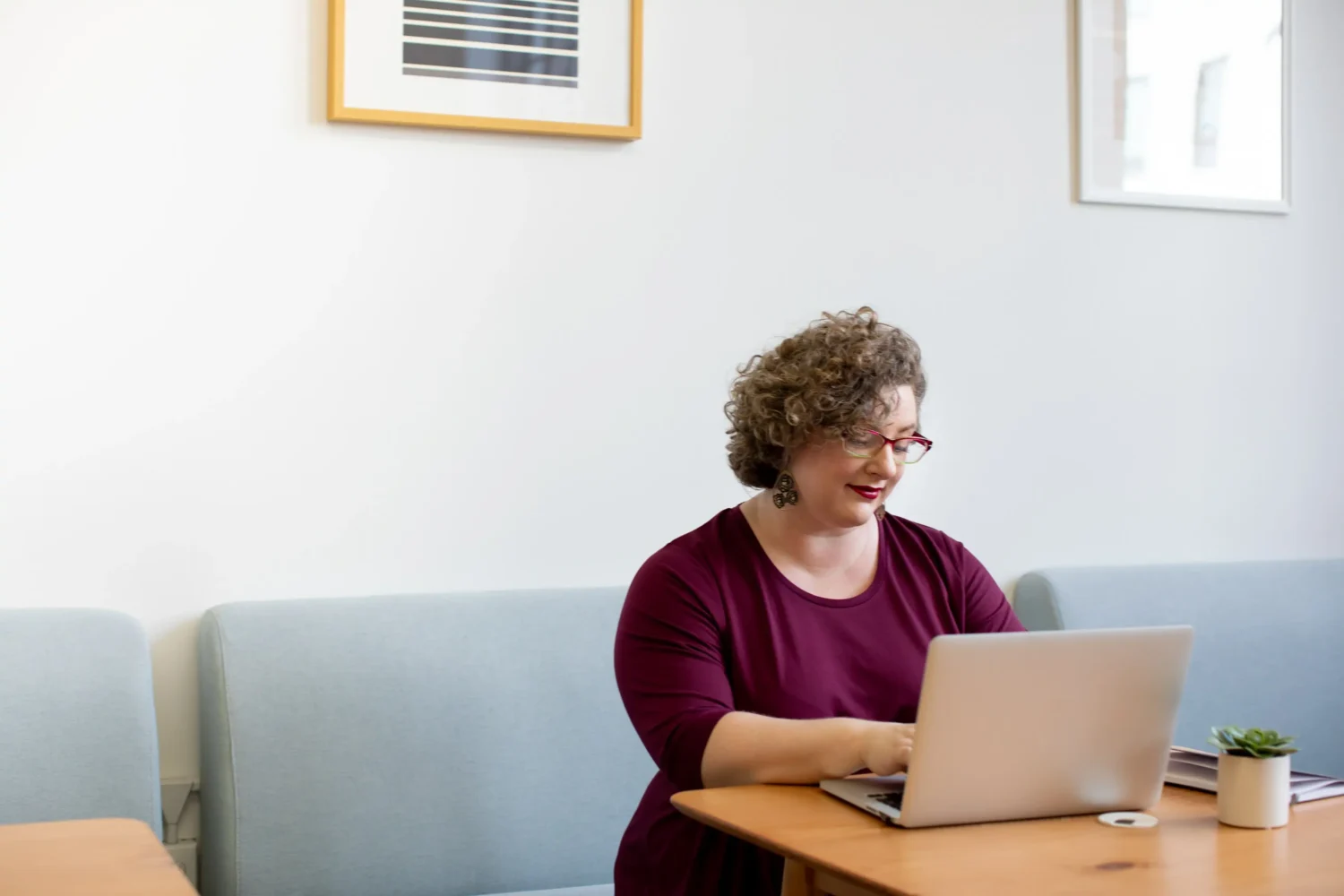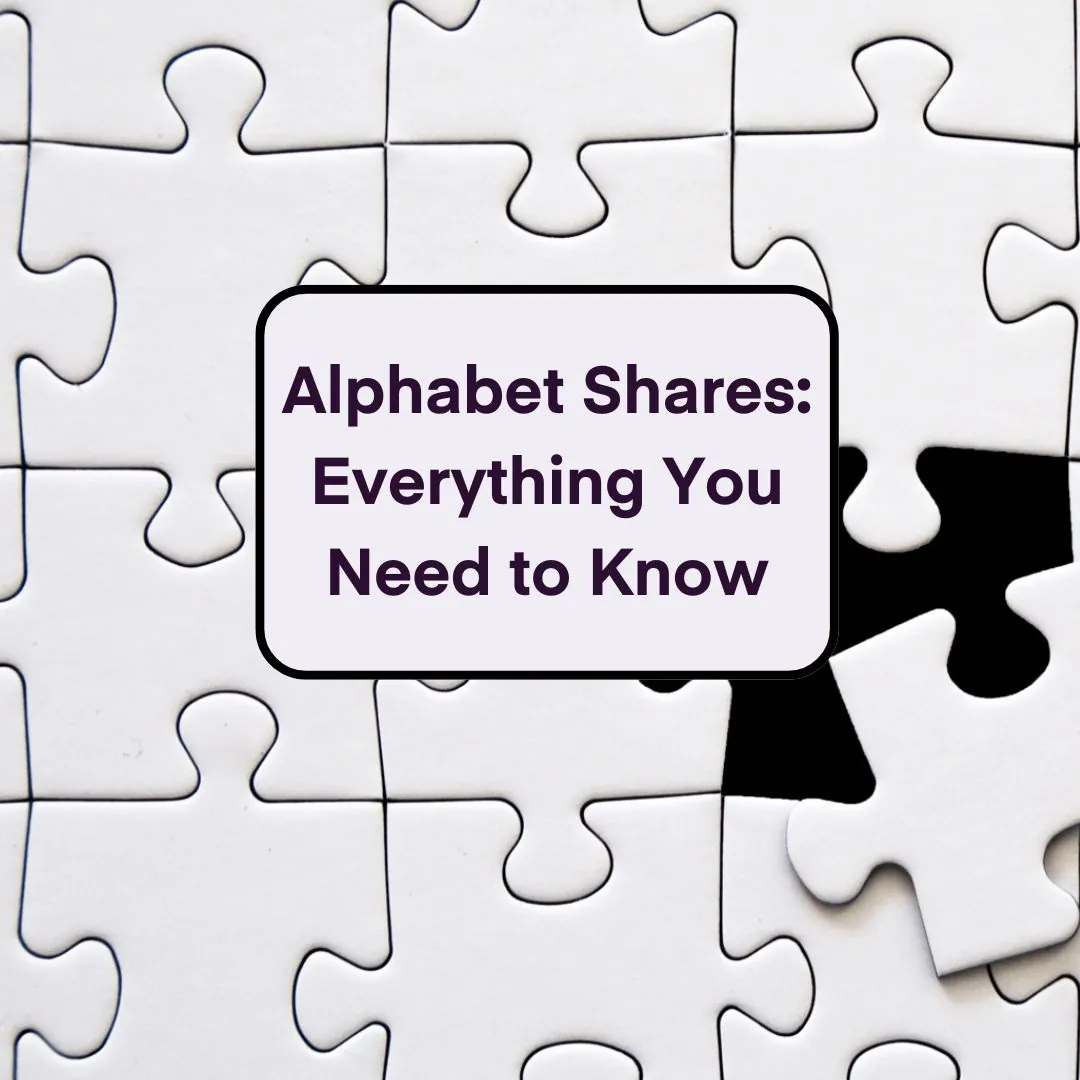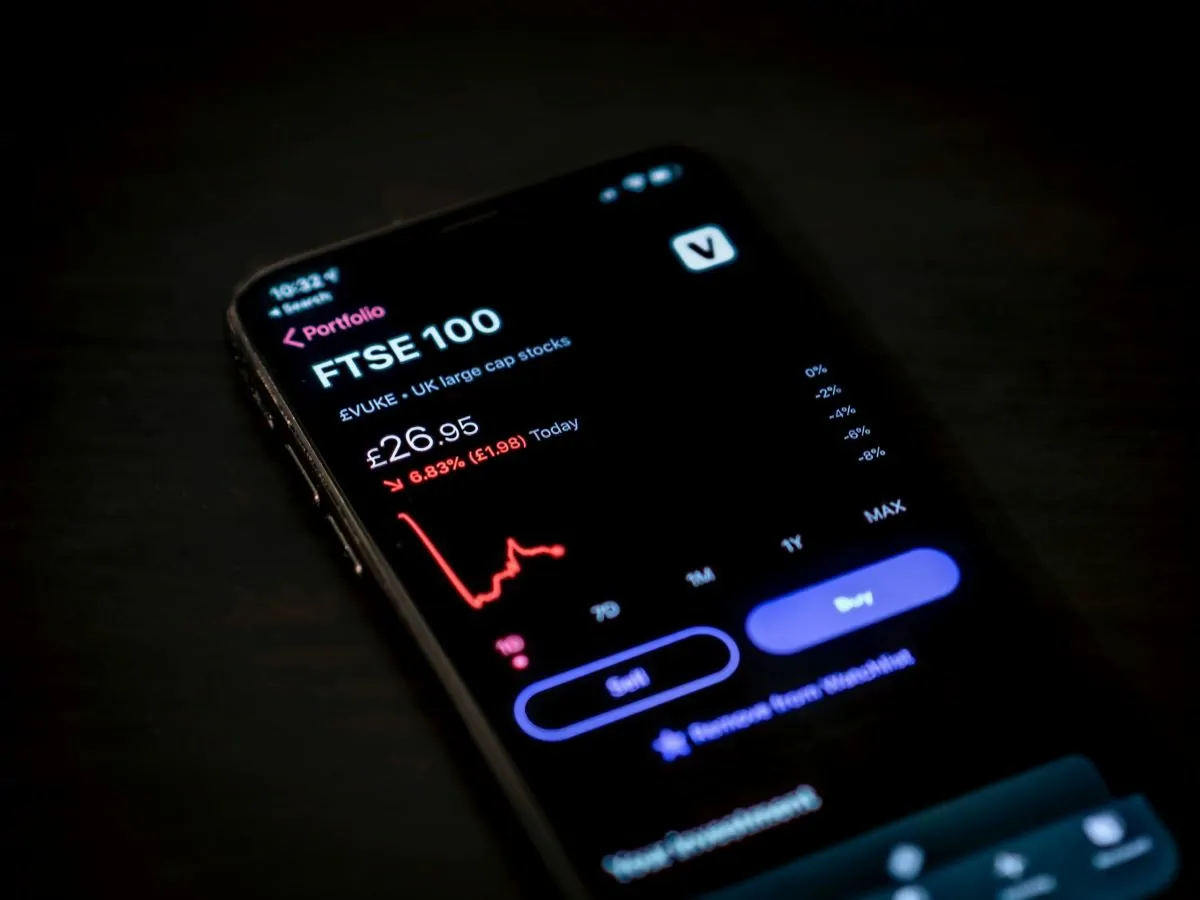
A guide to tax rates for sole traders
5 Nov 2020If you’ve been an employee earning a regular salary, you’ll know that each week or month part of that salary is deducted by your employer as Income Tax or National Insurance contributions. But, what’s different if you start your own business as a self-employed sole trader?
Unlike Del Boy, you will still pay tax – Income Tax, National Insurance Contributions and possibly VAT. There’s no escape from taxes, but the way you calculate and pay tax is very different. It’s important to be aware of your tax liabilities from the outset so you can plan and make provision for future tax payments when they are due.
The basis for sole trader taxes
When you are a sole trader, your tax liabilities are calculated on the profit you make in a 12-month period ending during the tax year, which runs from 6th April to 5th April the following year.
The profit you make is based on the income from your sole trader business minus any allowable business expenses and capital allowances. If you receive any input from other sources such as savings and investments, benefits or part-time employment, you should add these to your profit so that you pay the full amount of tax due.
To calculate your profits, it’s important to keep accurate records of all income and expenditure during the 12-month period covered by your accounts.
Although traditionally sole traders set their own dates for accounts (known as the basis period) from the tax year 2024 to 2025 the basis period will change to the same period as the tax year.
So, currently you pay taxes on your profit in your own basis period, which might be 1st January to 31st December for example. But, under the new system, your accounts will have to run from 6th April to 5th April.
Related: Does a sole trader need a business bank account?
Related: Which is the best business bank account?
Income Tax liability
If your sole trader profits and any other sources of income exceed the current Personal Allowance of £12,570, you will have to pay Income Tax at the appropriate rate to HMRC by 31st January each year.
You do this by submitting an annual online Self-Assessment Tax Return by the same date. HMRC then calculates tax due based on the figures you submit. You must pay any tax due on the same date or face interest and penalty charges.
If your taxable profit exceeds £1,000, you will also have to make two Payments on Account against HMRC’s forecast tax bill for the coming year. The first Payment on Account also has to be paid by 31st January, with the second instalment due by 31st July.
Although this sounds like a large payment due on 31st January, if you have been in business for more than a year, the first of the payments may be smaller. This is because you have already made Payments on Account against the anticipated tax bill.
You may only have to pay a Balancing Charge if your final tax bill is greater than the Payments on Account. If it is less, then you can reduce your Payments on Account for the coming year.
If, for example, you made Payments on Account totalling £2,200 and your final tax bill was £2450, you would have to pay a Balancing Charge of £250. If your final bill was £2,100, your next Payments on Account would be reduced by £100.
Income Tax rates
Although you are running a business, you pay Income Tax on your profits at the same rates set out for private individuals. The main difference is that you can offset certain allowable expenses against your tax bill. Any income below the personal allowance of £12,570 is tax free.
These are the tax rates for sole traders for income above the personal allowance:
|
Tax band |
Taxable income |
Tax rate |
|---|---|---|
|
Zero |
Up to £12,570 |
0 percent |
|
Basic rate |
£12,501 to £50,270 |
20 percent |
|
Higher rate |
£50,271 to £150,000 |
40 percent |
|
Additional rate |
Over £150,000 |
45 percent |
National Insurance contributions
As well as Income Tax, you also have to pay National Insurance contributions on your taxable profits and other income. There are two types of contribution – Class 2 and Class 4 National Insurance contributions.
Class 2 contributions are payable if your profits and other income exceeds £6725. Regardless of the size of your income, you pay a flat rate of £163.80 per year, which is equivalent to £3.15 per week.
Class 4 contributions are payable if your profits and other income exceeds £9880. The contribution is 10.25 percent of any profits and other income up to £50,270. For income above that figure, you pay an additional 3.25 percent (13.50 percent) contribution.
National Insurance liabilities are calculated when you submit your Self-Assessment Tax Return and payable by the deadline of 31st January.
National Insurance contributions are also included in your Payments on Account.
Read More: Tax and NIC thresholds for 2021/22
VAT payments
You only have to register for VAT if your turnover from your sole trader business has exceeded £85,000 within a 12-month period, or if you expect it to exceed that figure within the next 30 days.
Once you have registered, you must charge your customers VAT at the appropriate rate, which is generally 20 percent of the invoice value. You are responsible for collecting VAT from your customers and paying it to HMRC by submitting quarterly VAT returns and payments.
Not all products and services are subject to VAT and rates vary between categories, so it’s important to check eligibility and rates before charging customers with VAT.
When calculating your VAT liability, you can also claim VAT back on purchases of products and services for your business. This helps reduce the quarterly payment you make to HMRC.
Related: How does VAT work? A guide for new business owners
Calculating your tax liability
HMRC calculates the amount of Income tax and National Insurance you owe when you submit your online Self-Assessment Tax Return. However, it’s important to have a figure in mind so that you can put money aside to cover the tax bill.
A simple approach is to calculate 20 or 40 percent of your average monthly profit and keep that in reserve. HMRC also provides a useful ‘ready reckoner’ that can give you an estimate of both Income Tax and National Insurance liabilities. You just enter your estimated weekly or monthly profit to get an up-to-date estimate.
HMRC’s ready reckoner assumes you have no other taxable income and receive the standard Personal Allowance. It does not include Payments on Account that you might owe for previous tax bills.
Managing your tax affairs
To keep up to date with your tax liabilities – and monitor the financial health of your business – it’s essential to keep accurate records of income and expenditure. If your finances are simple, you only need to keep basic accounts.
However, if your business is more complicated, for example, if you buy many different products for resale, you may find it useful to use a cloud software accounting system or hire a bookkeeper or accountant who specialises in online accounting. Some software packages include features for calculating your ongoing tax liability.
By keeping accurate, up-to-date records, you will be able to complete your Self-Assessment Tax Return quickly and easily without last minute panics to search piles of invoices or receipts.
Looking ahead, HMRC will require you to keep up-to-date digital records from tax year 2024 -25 as part of their ‘Making Tax Digital’ programme. You will have to keep financial records on an HMRC-approved software program and submit profit figures every quarter, with a final submission via the current Self-Assessment Tax Return by 31st January.
Related: How To Read A Company Balance Sheet
Related: Profit And Loss Forecast Template
Minimising your tax bill
Claiming all allowable business expenses is the most efficient way to reduce your taxable profits. HMRC publishes a list of allowable business expenses that are used ‘wholly and exclusively’ for running your business. If some of the purchases are also for private use, such as telephone or broadband costs, you must only claim the proportion of costs used for business.
HMRC’s list includes:
-
office costs, for example stationery or phone bills
-
travel costs, for example fuel, parking, train or bus fares
-
clothing expenses, for example uniforms
-
staff costs, for example salaries or subcontractor costs
-
things you buy to sell on, for example stock or raw materials
-
financial costs, for example insurance or bank charges
-
costs of your business premises, for example heating, lighting, business rates
-
advertising or marketing, for example website costs
-
training courses related to your business, for example refresher courses.
If you work from home, you may be able to claim a proportion of your costs for:
-
heating
-
electricity
-
Council Tax
-
mortgage interest or rent
-
Internet and telephone use.
You can claim allowable expenses in one of two ways – either by calculating the total costs of all your expenditure, or by using HMRC’s Simplified Expenses to calculate vehicle and working from home costs. Simplified Expenses provide approved flat rates for those categories of expenditure.
If you buy ‘large ticket’ items for your business, such as machinery, computers, office equipment or vehicles, you claim the cost of those as capital allowances.
Related: Running a business from a rented property
Take professional advice
Tax for sole traders can be complex, particularly if you are new to self-employment. If you need professional advice or assistance with completing your tax return, our friendly small business accountants can help.
Please contact us on 0207 043 4000 or info@accountsandlegal.co.uk to speak with one of our accountants on how they can help get your finances and tax in order. Or, get a quick, no-obligation accounting quote using our online tool.























